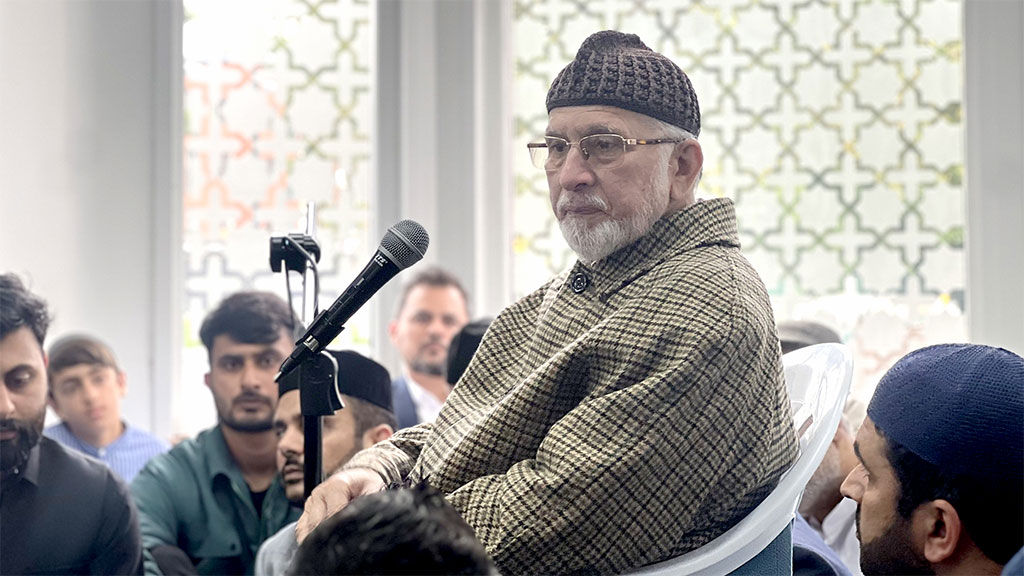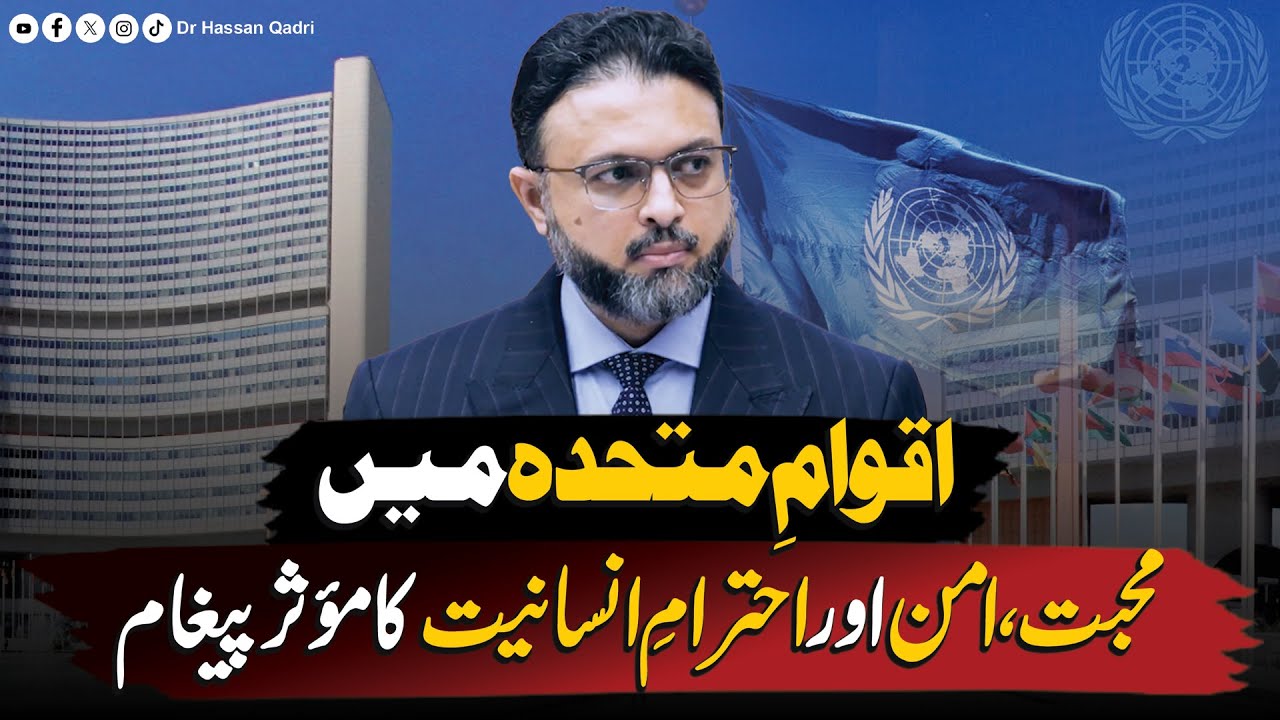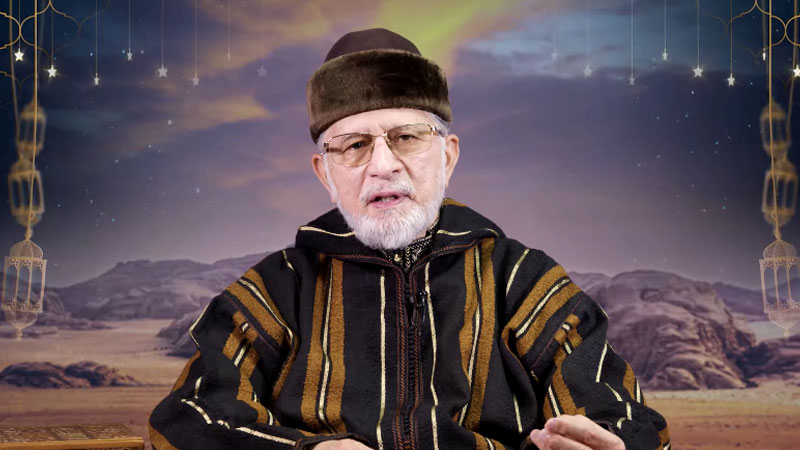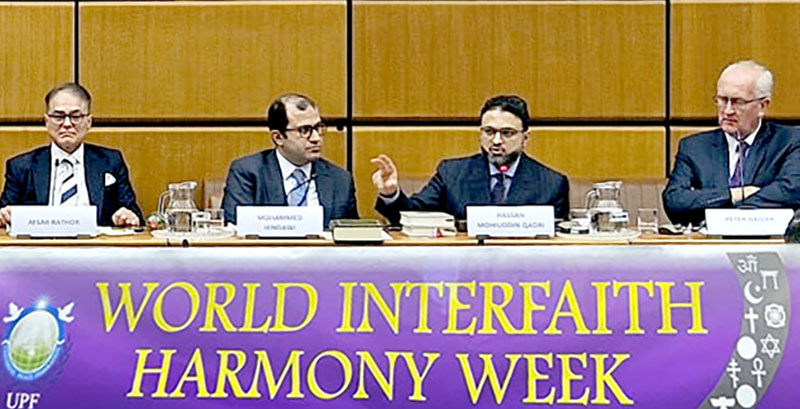Deepening of Afghan quagmire
This Article was published in
The Frontier Post (July 11, 2010)
Pakistan Observer (July 17, 2010)
By Sahibzada Hussain Mohi-ud-Din Qadri
The unceremonious exit of General Stanley MacChrystal, the commander of the American forces in Afghanistan, shows a deepening mess the US increasingly finds itself in, in what has been termed as ‘graveyard of empires’. While the sacking of the top American commander in Afghanistan testifies to the long-held principle of military’s subservience to the civilian control, it also shows that the Obama’s much trumpeted ‘surge and exit’ strategy declared in December 2009 with a lot of fanfare suffers from serious flaws. The policy, which was meant to reflect President Obama’s vision in the arena of foreign policy aimed at realizing his slogan of ‘change’, appears to have been formulated with a reactive mindset.
As the analysts have pointed out, the policy represents a mix of surge strategy championed by now disgraced General MacChrystal and ‘limited operations’ approach espoused by Vice President Joe Biden. In striking a balance between the civilian and military viewpoints on how to approach the endgame in Afghanistan, President Obama tried to please both camps through selective ‘pick and choose’ approach. He did order a surge of 30, 000 US soldiers in Afghanistan against the demand of 40,000 to strengthen the planned US offensive against the now resurgent Taliban in the Kandahar province. Coupled with the surge was the President’s declaration of timeframe i.e. July 2011 for the withdrawal of the US forces from Afghanistan. One major flaw that the strategy suffered and whose consequences have clearly been laid bare much to the detriment of the sole superpower of the world is that the military component still dictated the political approach, while the fact remains that this must have been other way round. The Obama administration hoped that its planned surge would enable the US and NATO forces to launch a decisive military action against the Taliban and consequently break their back in Kandahar province, the Taliban stronghold. Following the military success, the US would then be in a dictating position on the negotiating table vis-à-vis the Taliban. It would then set the terms of engagement and make the Taliban comply with the US’ demands. It was taken for granted that the US and NATO would be able to achieve military victory easily. This presumption was against the logic of set norms of warfare and defied the military history. The US authorities should have known better given their experience of fighting a full fledged war against the Taliban since 2001. The dynamics of guerilla war should also have been taken into consideration besides the peculiar characteristics of terrain, weather conditions and strength of the enemy.
The second major flaw of the US exit strategy is that it relied too much on the Karzai administration and the quality of governance that it offered to the people of Afghanistan. It was also assumed that the 1,34,000 strong Afghan forces would be equipped with requisite training and resources by July 2011 enabling them to take over the control of the security in a phased manner. In making such an assessment, the ethnic composition of the Afghan army, which drew majority of its personnel from non-Pakhtun pockets, was ignored. Despite having been in power for good nine years or so, President Karzai has failed to deliver goods. He still carries the stigma of being an American lackey, his contrary utterances notwithstanding. The writ of his government does not extend beyond the Afghan capital and he needs the American security for his own safety. His government has miserably failed in giving any relief to the poor Afghans who continue to suffer at the hands of the Taliban, the US forces and the Karzai government simultaneously. Corruption is a buzzword everywhere. There is no doubt about the fact that the international aid, which is meant to alleviate sufferings of the Afghan people, has been ending up in the pockets of the warlords whose support is a critical factor for the longevity of the Afghan president. Hamid Karzai’s election to the presidency was marred by serious allegations of rigging and malpractices.
Marja was supposed to serve as a model of counterinsurgency before the launch of formal operation against the Taliban in Kandahar. The operation failed to progress the way it was thought to be. The battle for Marja exposed the limitations of the American strategy. The local support, which was to play a leading role in the success of war effort, was nowhere in sight. The outcome of the Marja experience compelled the US authorities to delay the launch of formal offensive against the Taliban.
Michael Hastings, the author of Rolling Stone article, made a very telling remark about the direction of the US strategy: “Whatever the nature of the new plan (for Kandahar), the delay underscores the flaws of counterinsurgency. After nine years of war, the Taliban simply remain too strongly entrenched for the US military to openly attack. The very people that COIN (counterinsurgency) seek to win over—-the Afghan people—-do not want us there. Our supposed ally, President Karzai, used his influence to delay the offensive and the massive aid championed by McChrystal is likely to make things worse.”
The American exit strategy also failed on another count: the Pakistan factor. There is no denying the fact and even the US authorities have admitted it that the road to peace in Afghanistan goes through Islamabad. Seemingly Pakistan’s input was said to be part of the US strategy but practically the Obama administration has not departed any radically from his predecessor’s policies vis-à-vis Pakistan. In continuation of President Bush’s deep-rooted partnership with India, which reflected itself in the form of Civil Nuclear deal with New Delhi giving it waiver from the stringent conditionalities of Nuclear Supplier Group (NSG), the Obama administration has stayed the course. Despite Pakistan being a frontline ally in war against terrorism, discriminatory treatment is being meted out to it on behalf of the US on the question of civil nuclear deal with Islamabad. The increase of drone strikes within Pakistan has also angered the people of Pakistan who have sacrificed immensely for war on terror. The efforts of the US to ensure a role for India in Afghanistan once it pulls out its forces have not gone well with the Pakistani establishment. Pakistan remains wary of the US’ intentions.
The American ‘surge and exit’ strategy is in deep trouble on the above mentioned counts. The foundation-stone upon which the edifice of the policy was erected is shaky to say the least. It calls for a serious review, which is synchronized with reality. Two wrongs cannot make right. hmqadri365@gmail.com




















Comments